Jill Redwood on Successful industry-environmentalist forest agreement in Tasmania
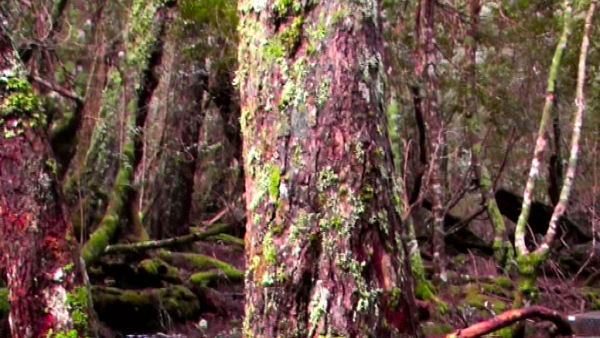
Article by Jill Redwood, in response to the historic agreement which has reportedly been reached to save Tasmania's wild forests. The intention is to move loggers from the old forests into the plantation industry. The Age reported that "Parties to the talks, who all strenuously rejected the involvement of politicians in the negotiations, refused to comment before today's announcement." International markets for woodchips have been down for some time. Victorians might wonder, is the Tasmanian Green movement different from - and more really green - than the one identified with the Victorian "Green Brand" party? (See discussion below "Are the Greens a real alternative?".) Consider also that Environmentalist movements exist outside political parties and that we do not need political parties to make a difference if those parties do not serve us well. The following article is sourced from Jill Redwood. This 'teaser' is from candobetter.org Photos by Sheila Newman
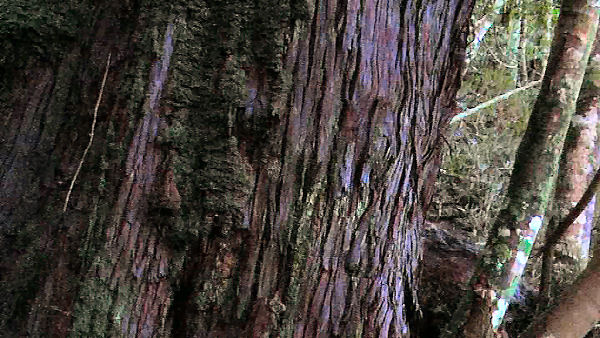
Dot points on Tuesday 19th October 2010 Tasmania agreement announcement and implications for Victoria and beyond
(thanks to Luke for some of these figures).
· Gunns has seen the light and is moving into plantations only.
· Very courageous move by industry to get together with green groups and come to an agreement that helps everyone.
· Victorian industry can also follow suit – govt should help these negotiations along.
· Needed now more than ever – native forests logging is on down-hill run as:
o plantation products dominate the timber market,
o high Aussie dollar (and Asia still recovering from GFC) means export woodchip industry in steep decline,
o resource running out – forcing govt to move loggers into highly contentious areas = provoking conflict.
o Gunns – large company, has seen the future is not in native forests.
· Industry also agreed not to use native forest wood “waste” to burn for electricity – a major win.
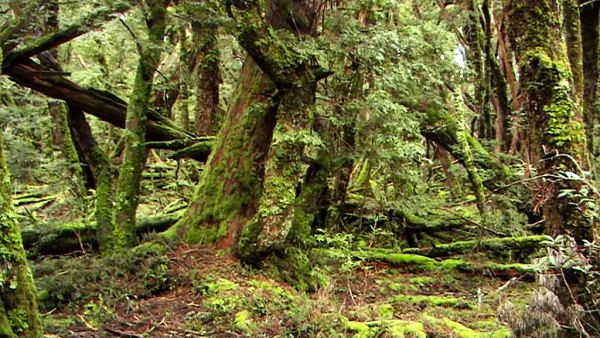
Plantation option in Victoria is real.
· Plantations can meet 98% of our timber and woodchip/paper markets right now – meaning there is no excuse to continue clearfelling and industrial scale logging in native forests.
· Many new building products like compressed wood board and engineered lumber (flooring/craft wood/paneling/LVL etc) don’t require large diameter trees. General framing timber (scantling) is easily supplied by pine plantations. The small amount of feature grade hardwood timber that can’t yet be supplied by plantations (such as for high grade hardwood flooring and high quality panelling) can be provided by alternate and engineered wood products, recycled hardwood or carefully selected trees from native forests (but not clearfell logging).
· The logging industry is in terminal decline in East Gippsland with employment being less than 1% of the region’s total workforce. The rest of Eastern Victoria is similar – and even Maryvale paper mill is 80% plantation based. Not difficult to get them out of Central Highland’s forests.
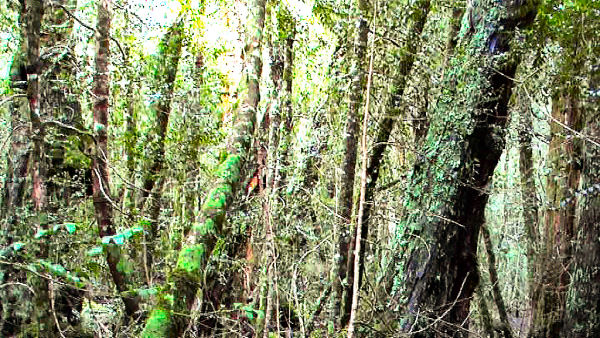
To ensure secure employment, the industry needs to:
1. Retool their mills to process plantation wood (from Tumut NSW, Sth Gippy or NE plantations).
2. Receive govt assistance to relocate workers and families to the plantation areas of Western Vic. where the plantation companies are actually importing workers from overseas to fill the employment gaps in logging.
3. Take exit packages and be assisted into other areas of employment.
In Victoria we take 1.9 million tones of native forest wood out every year. Of that, 1.5 million tones is pulplogs – all of which is 100% substitutable with plantation wood.
Of the other 400,000 tonnes that are sawlog trees, the are used for pallets, roof battens, fence palings, crossbars on power poles, subfloor bearers - all are easily substitutable by plantation wood and other products.
The 1-2% used for high quality appearance grade furniture, paneling etc could still be taken from native forests if very carefully selected and used. Clearfelling thousands ha is now unnecessary (never was needed until woodchipping dominated).
1986 – NIEIR reported on the projected impacts on the new parks in East Gippy (LCC recommendations). They calculated that unless govt altered their policies there was no future for the industry. They recommended reduction in the take of logs from around 360,000m3 a year of sawlogs (not counting woodchip logs) to 70,000 m3 to ensure sustainability. But government and industry continued cutting at 280,000 through all 1990s and 110,000m3 average in the 2000s).
(In 2002-03 - 191,000m3 sawlogs, in 2003-04 - 135,000m3, 2004-05 – 122,000m3, 2005-06 - 106,000m3, 2006-07 - 91,000m3, 2007-08 - 99,000m3 sawlogs. Plus about 350,000m3 of pulplogs as well. Clearly overcutting – ‘cut-out and get-out’ mentality has ruled the industry and govt)
85% of trees taken from native forests ends up as woodchips. Criminal.
Small 2% of high grade timber can be taken from selectively logged trees off public land while hardwood plantations are established (20-25 years). Some hardwood plantations for pulp could already be used for this if managed for sawlogs and milled in a particular way.
Western Vic plantations is where it’s mostly at – ABARE figures show that up until 2007-08 – only getting 0.5million tonnes m3 of plantation hardwood chips – but this year these plantations are supplying 4 million tonnes! The wall of wood has hit us from plantings in the 80s and 90s.
Western Vic plantations companies (Gunns, Australian Blue Gum Plantations and ITC) are importing jobs from OS to log the plantations! Plenty of scope for helping relocate Eastern Vic logging workers into secure jobs there.
Jill Redwood
Coordinator
Environment East Gippsland Inc
(6800 Bonang Rd Goongerah)
Locked Bag 3
ORBOST Vic 3888
Ph (03) 5154 0145
www.eastgippsland.net.au

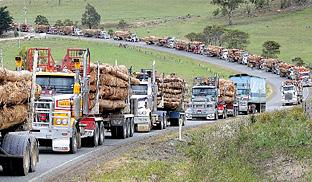

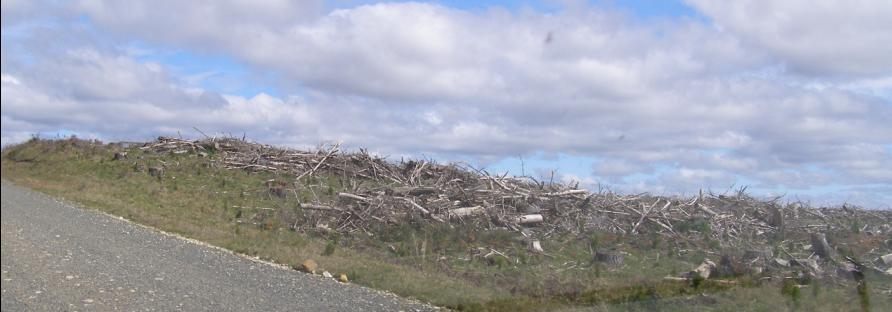
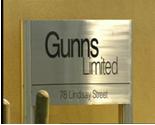
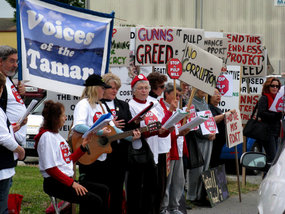
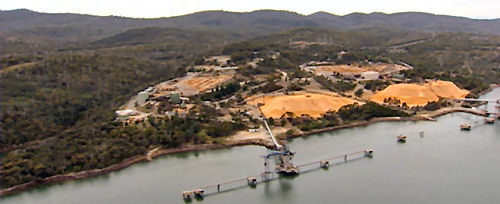

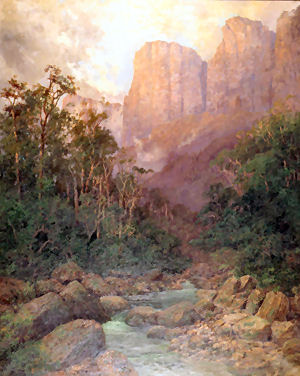
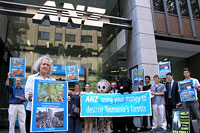
Recent comments